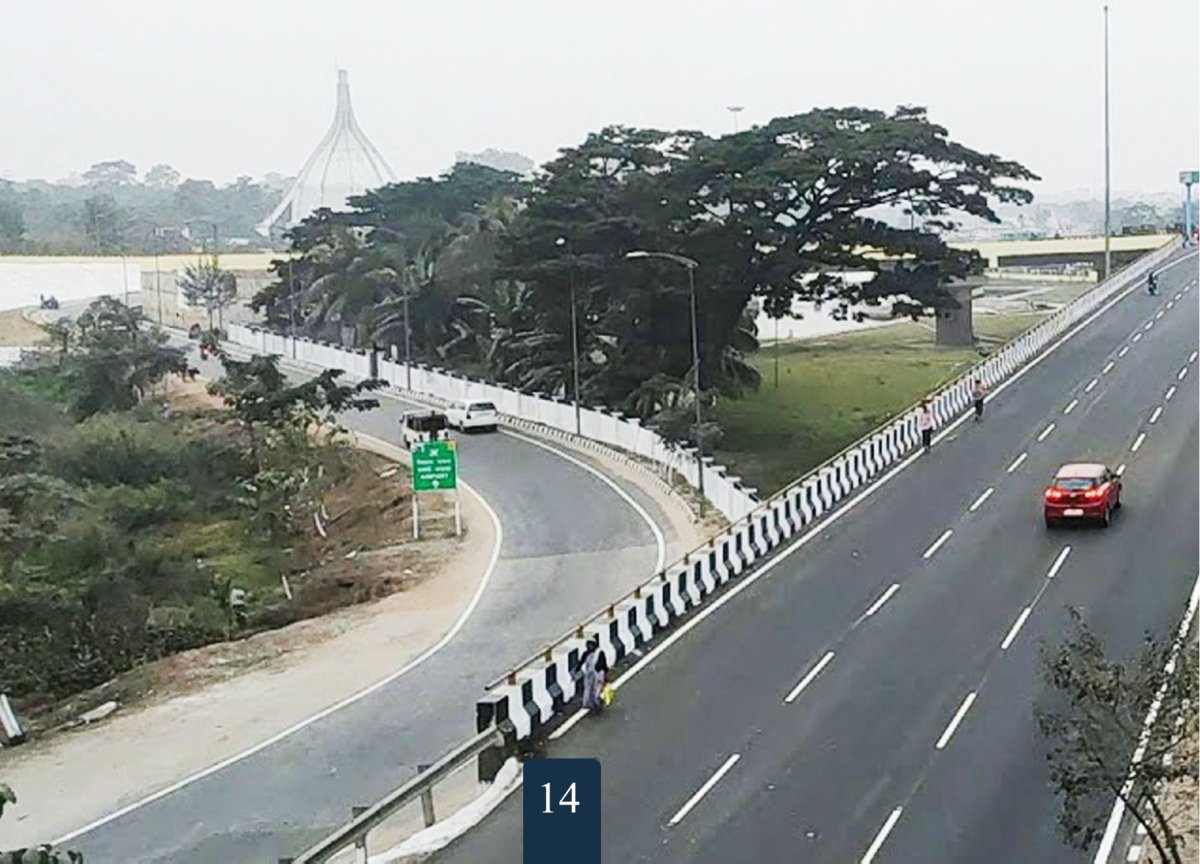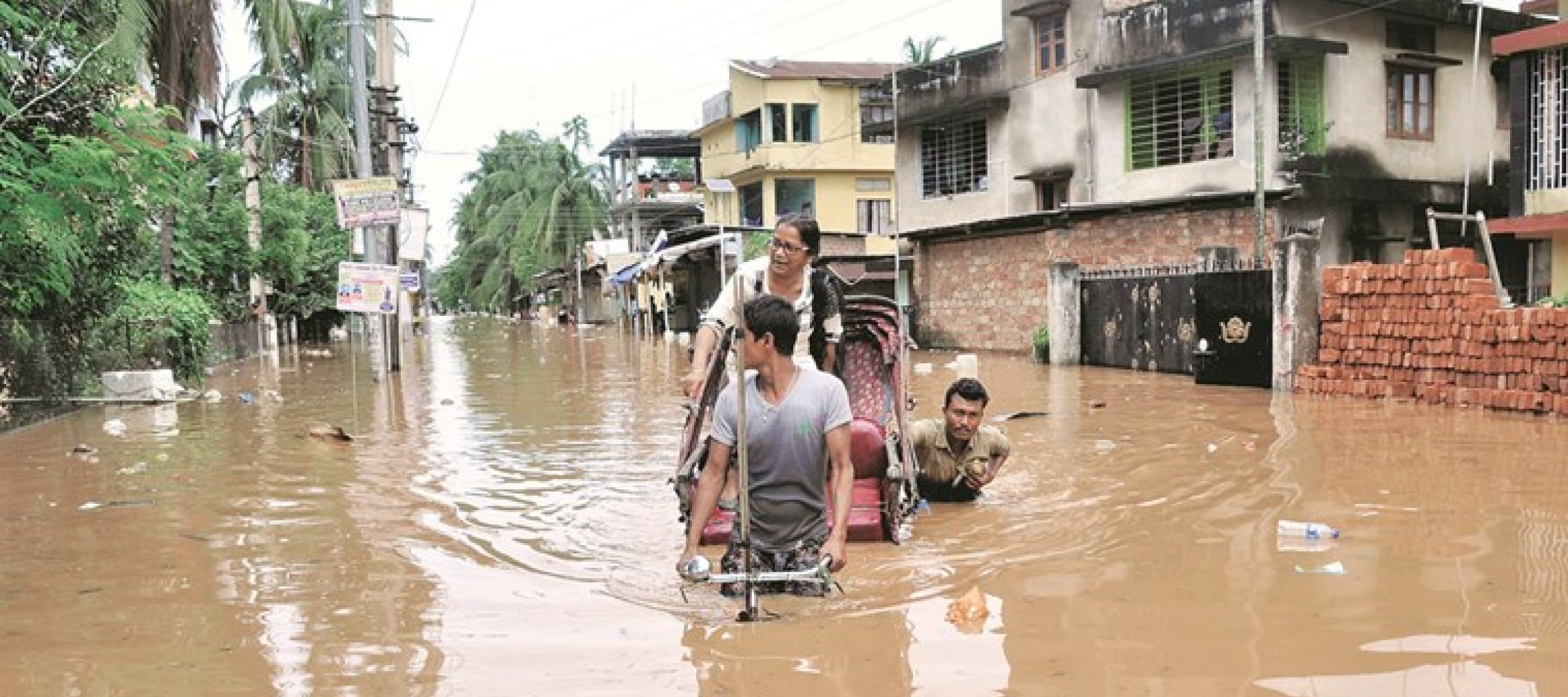 |
It was probably the summer of 2009. We were facing for the first time some difficulties in getting sufficient water from our traditional domkol (tube well) for several days. So, we called Babul Ali, our family plumber and a real trouble-shooter for all water-related problems, who had been working with us for many years. Our home is located adjacent to the Lakhi Mandir (temple) in Beltola area, in the southern part of the Guwahati city, where we have been living since 1999.
Ali was always sought after by many, as he was not only an expert in plumbing works, but was also quite experienced and knowledgeable about the groundwater status in the entire Beltola area. After a thorough investigation of the tube well and the iron pipes, he found them damaged and suggested that the old pipes were replaced. We had no choice but to accept his advice. Two 20 feet long old pipes were taken out and replaced by new ones. But it didn’t work; there was no water in the tube well. It was possible that the water level might have gone down. Why not add another pipe? He wanted to dig more. I had to rely on his experience and told him to do whatever was required to be done. We must get our tube well fixed and running at any cost!
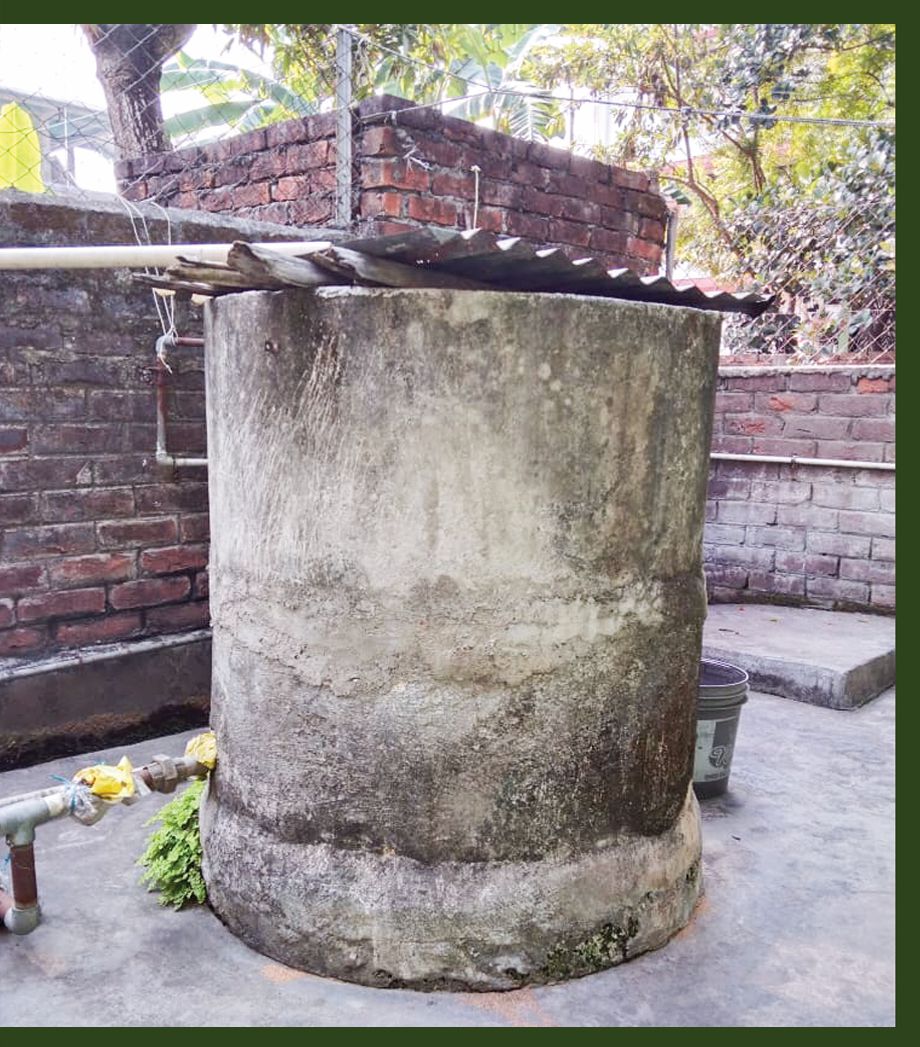
Ali and his co-workers slogged for days digging deep into the ground, and added two more 20 feet pipes, reaching up to 80 feet. And yet there was no sight of a drop of water. He looked quite worried and surprised, as this seemed to have challenged his knowledge and mocked his years of experience. This left all of us a bit anxious. We wondered what went wrong, where all this water had gone!
In Beltola, we never had water problems; it has always been a water rich area. And most importantly, two major streams –Basistha and Bahini (both form part of the Bharalu river system) – actually flow across the Beltola plains. Of course, they are no longer the free flowing rivers; they are now almost dead, nay, actually killed, and have become garbage carriers of the citizens of Guwahati. But that’s a completely different story.
There were also public wells all around the area, including the one in front of the famous Lakhi Mandir. The roadside vendors and small shopkeepers could use water in abundance from the public well. I vividly remember people carrying water from that well all the time. However, around 2004-05, when the road from Beltola to Last Gate was expanded and made into two lanes, the access to the public well was closed, and eventually, it disappeared between the footpath and the main road. Surprisingly, there was no protest, nor was there any demand for alternative public water facilities. Now, people in the area grudgingly buy water from private water suppliers!
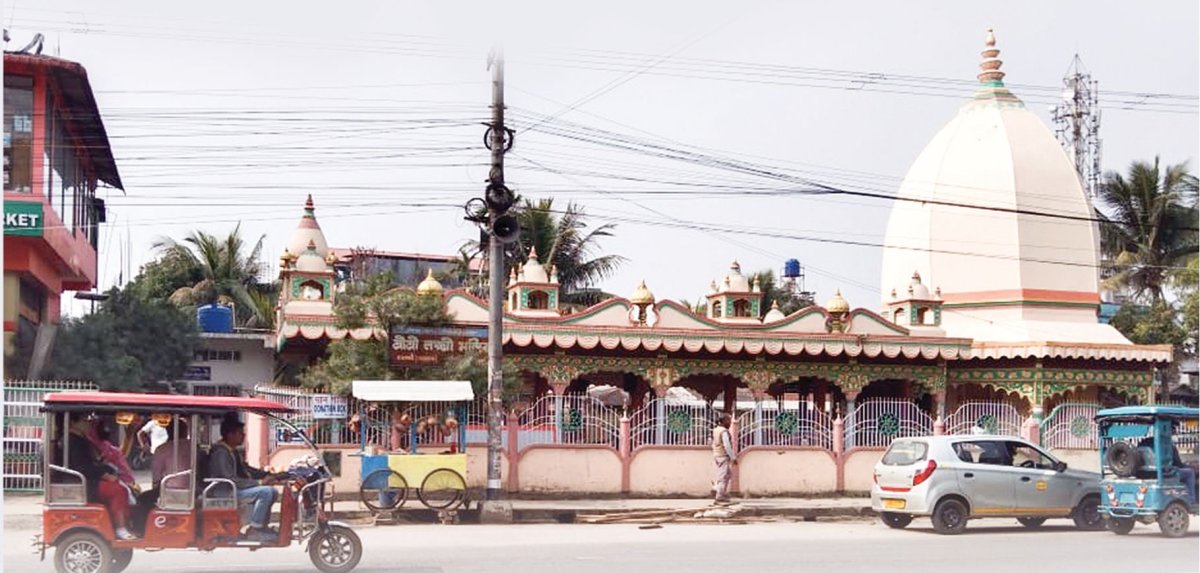
The piped water supply network had not yet reached the area where we lived. So, in our house, we had both a tube well and a traditional well, as the groundwater was easily accessible. The tube well was the main source of water for drinking purposes, and the ring well was used for all other household needs. The ring well was always full of water, and during the rainy season, we could even touch the water level by hand. In a way, we were a happy water family. We did not use a water pump. We were happy with the manual tube well.
However, around 2006-07, we opted for a water pump, as we felt the necessity of having running water in the kitchen and bathroom, like any other modern families of that time. As the water was abundant during those days, Ali detached the tube well from the pipe and mounted a water pump of 1.5 HP on the mouth of the pipe. No extra boring was required. The well was left untouched and used whenever we needed extra water. The whole water issue was very hassle-free, and we never thought of any other source for water.
But the 2009 incident sent out a strong signal of depleting water sources – the happy, good days seem to be over! We were all shocked to learn that the water level was not found even at 80 feet deep under the ground. What could be done now? What about the ring well? What if this also went dry? Babul Ali went to inspect the water of the ring well and returned with a smile on his face. “Dada, you are lucky that you have water in the well,” he said, recommending that the water pump and the pipes could be used to haul water from the well. He attached the water pump to the well. We heaved a sigh of relief. It was sort of a miracle!
The Changing scenario
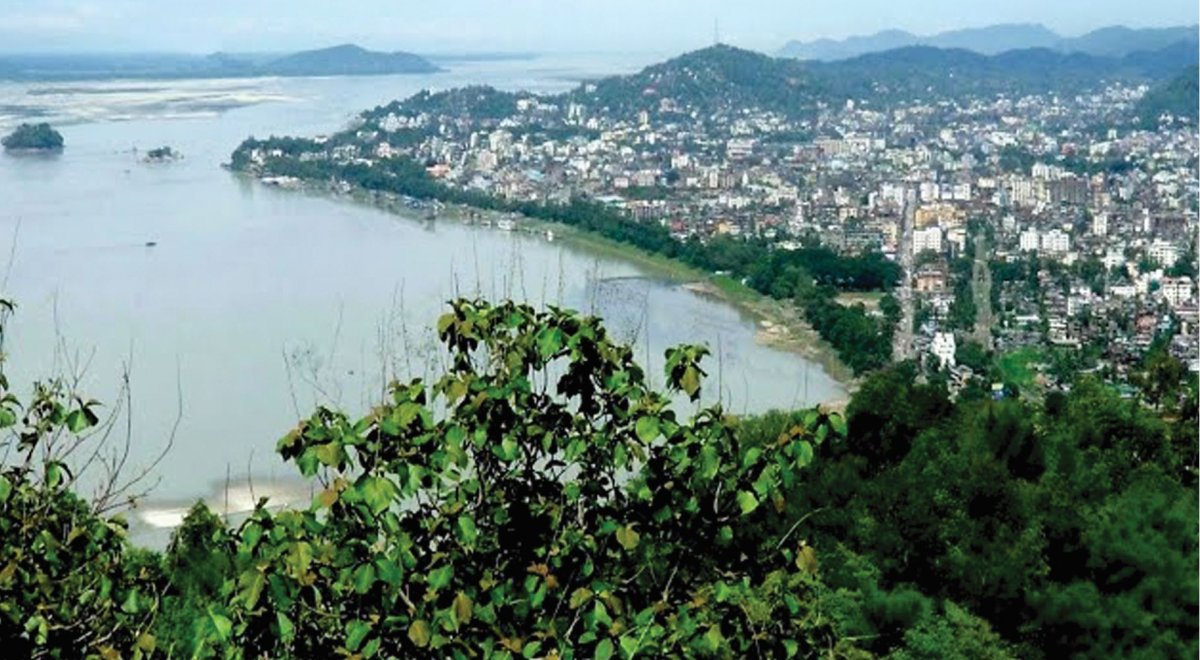
This personal water story perhaps helps in a way understand how the waterscape of the Guwahati city has been altering in the past decades. It made me reflect on the changing cityscape too – growth of population, urbanisation and its associated infrastructure and amenities such as high-rise, large, multi-storied apartments, widening and expansion of roads, electricity and cable lines, and the complex piped-water network.
Over the years, the water situation began to worsen. On the one hand, the groundwater level was dipping fast, and on the other, we were witnessing artificial floods and water logging everywhere. One thing that I noticed during 2009-10 in our area was that the rainwater, which used to flow towards the southern direction, was no longer flowing that way. Rather it was struggling to go towards the opposite direction, towards the north, against its natural flow. All this was happening just before our eyes, in the neighbourhood and elsewhere in the Beltola area; big, high-rise apartments started to shoot up abruptly like mushrooms, gradually swallowing up all the natural spaces, including open ponds and marshy areas.
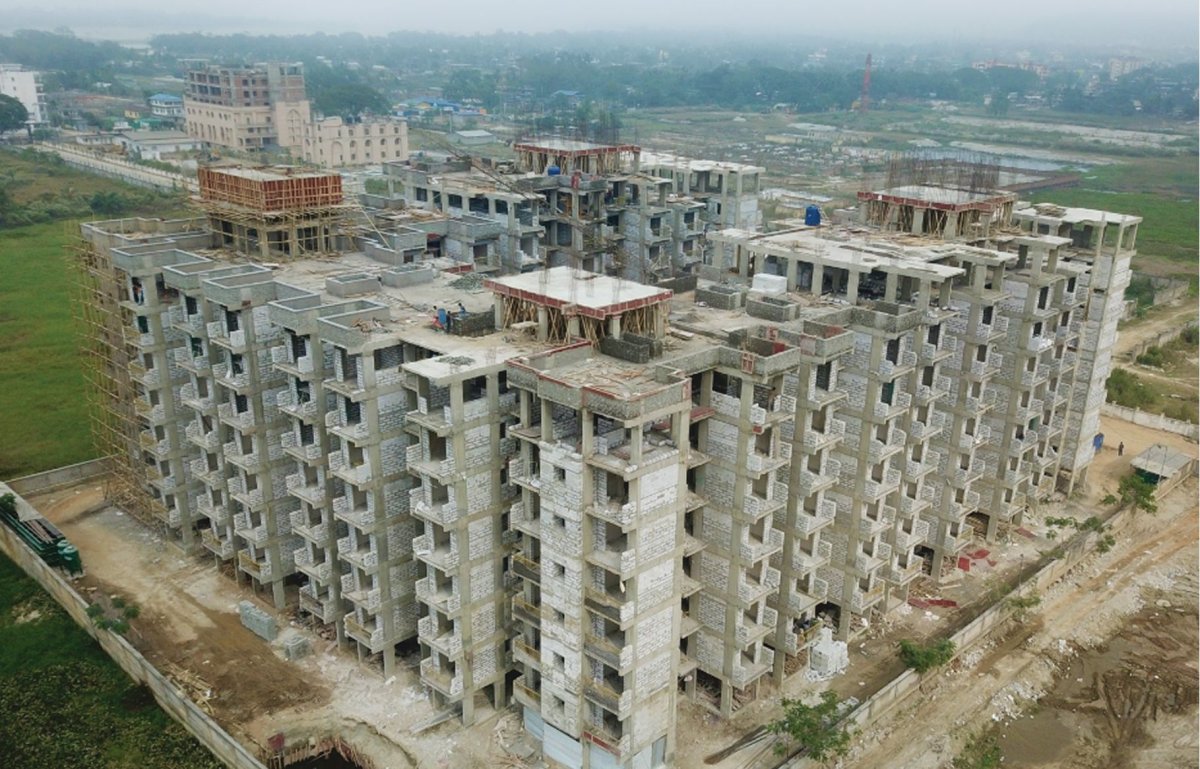
But construction was not the only issue here. It was also about the usage of groundwater. From 2010 onwards, many new buildings came up in our area, which began to use deep bore wells, one each for every apartment, including three buildings (G+3) that emerged on an empty playground in front of our house. In those days, deep bore wells became a status symbol as it would cost lakhs of rupees, which only the rich could afford. Using tube wells or ring wells as a source of water was perceived as old-fashioned and thus gradually went out of use. Some wells in the area continued to survive, but the tube wells completely disappeared.
Besides, another trend started gaining traction; almost every compound was found to be paved with cement layers and beautiful tiles, making it almost impossible for rainwater to penetrate the soil. The surface water run-off would then swell the already choked drains, causing water logging everywhere. We saw that water started to seep into our compound, too, and gradually the water level rose to 2.5 feet above the ground.
Back in 2003, we made a small extension of one room to our house. It was completed by the month of November in the same year. I remember the year and month as my father had written the date on the wall of the extended room. It was constructed three feet above the ground, which was the same level as our original Assam-type house. That time neither my father nor I thought that someday we would have to raise the height of the ground, that too within just a few years.
In 2011, we too decided to do what others in the area were doing – to do earth filling and raise the ground level of our house to avoid water-logging. We raised the ground almost up to three feet with earth filling. All the stairs of the house went under the earth. And now the house was only six-inch above the ground. Moreover, a large part of the compound was also given a coat of concrete layer, like other compounds in the area. I initially resisted the idea, but on my mother’s insistence, I agreed to pave our compound.
From Water independence to water dependency
It seems everyone has a water story, a story of bitter struggle, anxiety, and helplessness for securing water for the household. Generally, we do not talk about the daily drudgery of common people for water. But once we have a conversation on water with any random person in the city, the story of the suffering comes out. Most of these stories are not happy stories. Let me present a couple of them that capture by and large the water scenario of the burgeoning city, nay, a bustling metropolis!
Maniruz Zaman’s story:
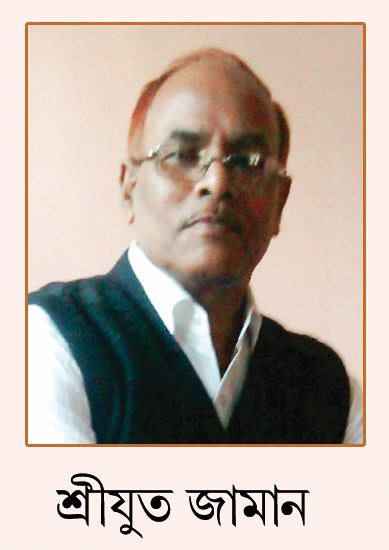
In 1997, Maniruz Zaman, a retired senior government official, had bought a plot of land in the Hatigaon area when he was in service. He and his family, however, continued to live in a rented house at Gandhibasti for years for the ease of his work and children’s education. It was not without any problem, though; water was always in short supply.
“Eventually, in 2014, I finally decided to move into my own house at Hatigaon. But I didn’t yet have any access to the piped water supply. I already had dug a well after I bought the land, which I thought to be a sensible and sustainable option, especially when the water was available within a reasonable depth of 40 feet to 60 feet in that area. The water was sparkling clean. Even though we were not staying there then, we allowed the people in the neighbourhood to use our well,’’ Zaman said.
However, when he shifted to their own house, little did he expect that they would soon be facing more problems with water. There was hardly any water in his well. “I had resorted to buying water from private suppliers at a cost of Rs.250 to Rs.300 per an 1,000-liter tanker, once or twice a week,” Zaman said. “I observed many apartments came up in the area, and each of these apartments used bore wells for water. Some people kept on digging deeper into their wells in search of water. This must have caused depletion of water level,” he said. Worried over the worsening water availability and the spiraling cost of buying water, in March 2020, Zaman hired a water worker to go for further excavation of his existing well. After digging about 14 feet deeper, they found water. “I am happy that we get enough water, at least for now,” he said, with a smile on his face.
He hopes that the well would secure their water needs for years to come.
Jayanta Das’ tale:
Local contractor Jayanta Das, who has been living in the Kahilipara hillside area since his birth, has a different story to share. He said that till a decade ago, they had sufficient water in their well for household uses, including drinking water. Being a hilly place, digging deep bore wells was not possible. “Our problem was unique compared to other places in Guwahati. The well was full of water during the monsoon season, while in the dry winter months, the water level would go down a little. However, with the passing of time, water in the well started disappearing during the winter, thus creating acute water problems,” he said. The hillside areas generally did not have access to the piped water supply facilities. Other families also suffered from the same water agony. Given this uncertainty of getting adequate water, “six other families and we decided to go for a deep bore well in the downside area, where boring was possible. We all contributed money to bear the entire cost of this infrastructure. This was showing good results, and in the last few years, we were managing our water requirement,”Das said. Now, others are following this collective project in their respective localities in the area.
Looking for possibilities: Rain, mud, and flowers
Srutidhara Das, an independent woman who owns an online store, recently shifted to her own house at Chandan Nagar in the Beltola area. Her single-storey house is one of the oldest properties in the area, with a large, green compound covered with grass and trees. She inherited this house and the property from her father, Dr. Sankar Das. “It was a priceless gift for me!” Srutidhara Das said, pointing out its verdant ambiance amidst grass-laden lawn and fruits and flowering trees, and most importantly, availability of clean water. She added over 100 tubs of flowering plants when she moved in.
“I wanted to keep it that way,” she said, the pride of managing the asset visible on her face. “The well that you see in the southeast corner of the compound is always full of water. The water quality is good; it is clean and clear like filtered water. The water level is good, within a range of 4 feet only. I don’t want a a bore well in my compound; I am using the water from the well for all kinds of daily activities – drinking, bathing, gardening and car washing. When I hear stories of water scarcity in Guwahati and even see it with my own eyes, I really feel lucky that natural water is still in abundance in my compound.”
Of course, she has apprehensions for the future considering that big apartments have come up all around, which are blatantly using deep bore wells. “I have heard that this type of boring adversely affects the underground water level,” she said. Moreover, the compound of these apartments is always paved with brick and cement, blocking recharge of groundwater and causing run-off of rainwater.
But for now, she added: “I am water-rich, unlike many others in the area. What more do you need in life?” she asked.
Water Crisis in a City of Rivers
It defies all reasoning that the people of the Guwahati city, stretching between the southern bank of the mighty river Brahmaputra to its north and the foothills of the Shillong plateau of Meghalaya on its south, are suffering from severe water crisis and daily hassle of securing water for millions of households. In fact, numerous streams flowing out of Meghalaya feed the Baisistha-Bahini-Bharalu river system, which runs through the heart of the city, before outfalling into the Brahmaputra. And yet, the entire city is water-starved!
It would not have been that way had the natural drainage systems been allowed to work their ways. The Guwahati city consists of three distinct topographical features:
i) the water catchment hills of the Meghalaya Plateau on the south and the east, out of which emerge numerous streams and rivulets, including four major river channels, such as, Baisistha, Bahini, Bharalu, and Mora Bharalu;
ii) the intermittent low-lying hills of Nilachal, Fatasil, Sarania (Baisistha), Kalaphar Narakasur, Kharghuli and Chittrachal (Navagraha) – all around the city; and
iii) amidst all these hills, lie the broad alluvial plains, including beels and marshy lands that form the central part of the city, where most of the important government offices, business and commercial establishments and residential complexes are located. All these river channels and five important wetlands or water bodies, all notified – Borsola, Sarusola, Silsako, Bondajan, and Deeporbeel – act as a network of natural water disposal system.
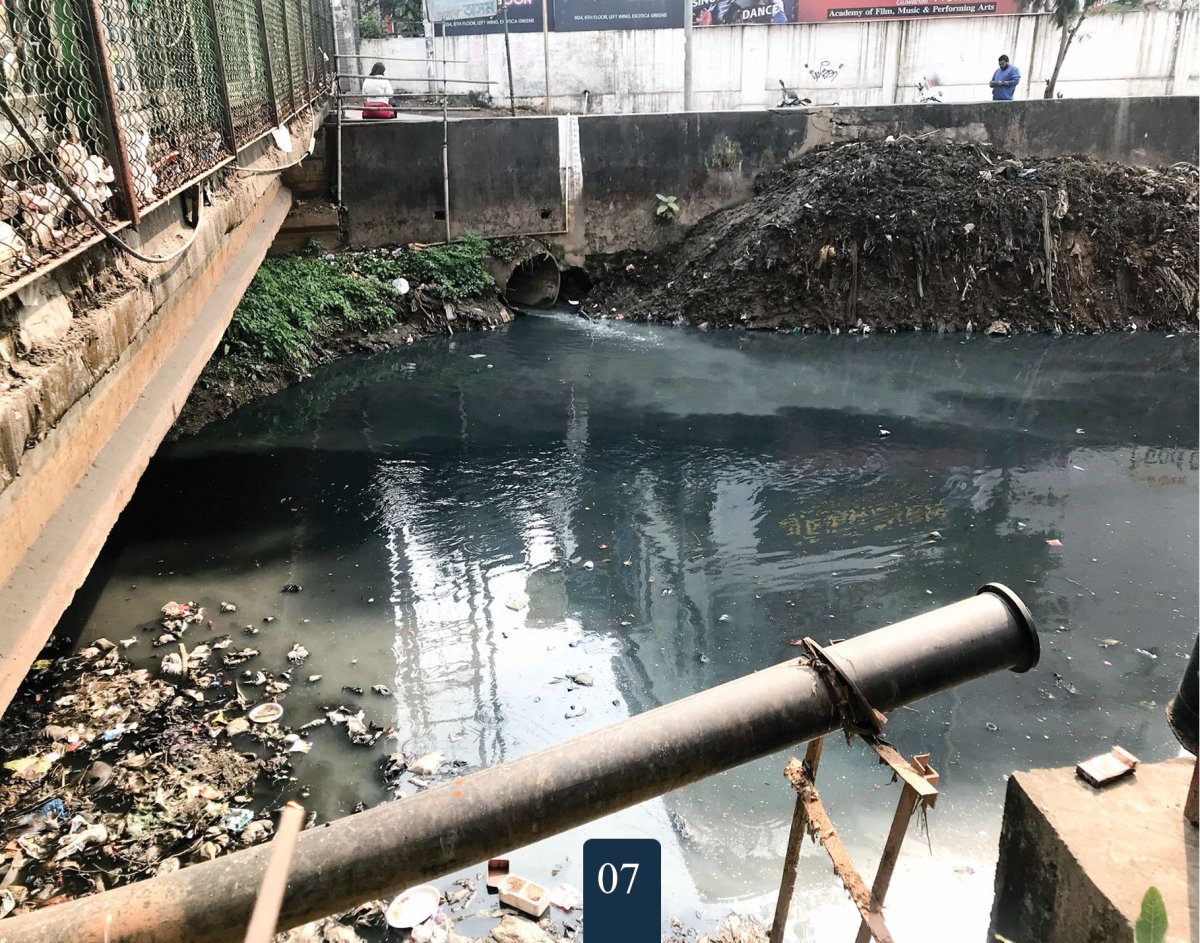
Unfortunately, in the past decades, the city has witnessed a spate of unregulated migration of people from all over the state and the region that led to its unplanned expansion, triggering demands for residential accommodation, business and industrial infrastructure, and other social and economic services. Naturally, all this resulted in haphazard encroachment of low lying areas, hills, and even marshy lands, on the one hand, and severe degradation of catchment hills due to illegal felling of trees, hill cutting, and extraction of soil and boulders, on the other. Also, these disruptive human activities had telling effects on the natural environment and its ecosystems.
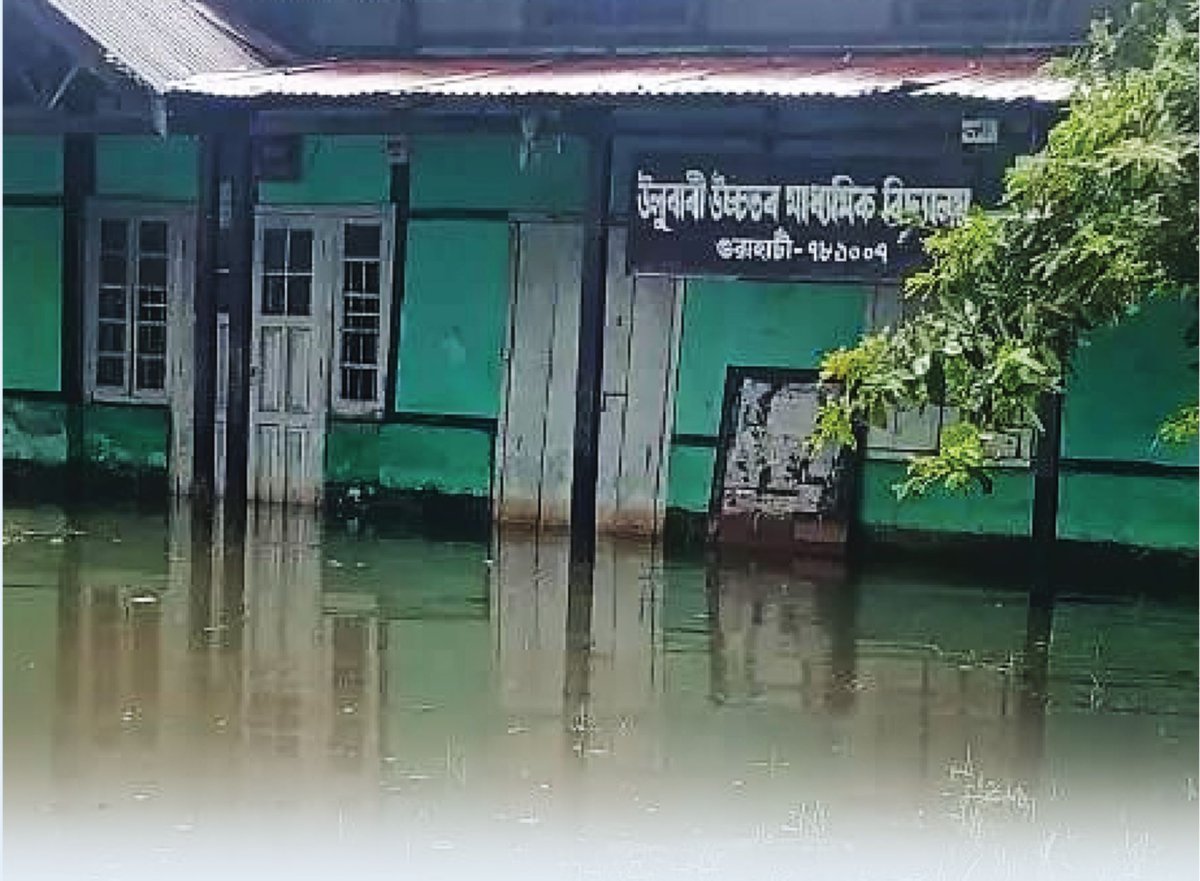
Poor implementation and execution of urban infrastructure – drainage system, road construction, water supply, electricity, etc. – and the absence of proper sewage and industrial waste treatment and disposal system in the city, and particularly, habitual dumping of all solid wastes, plastics, and other toxic effluents of the city in the rivers and channels choke their natural flow, leading to massive water-logging and flash floods. A study by the Assam Pollution Control Board (APCB, 2010) also confirmed a high level of water contamination in the Bharalu and Bahini channels that pass through the most populated areas of Guwahati; all these rivers have now been reduced to mere dirty, stinking drains!
Conclusion
